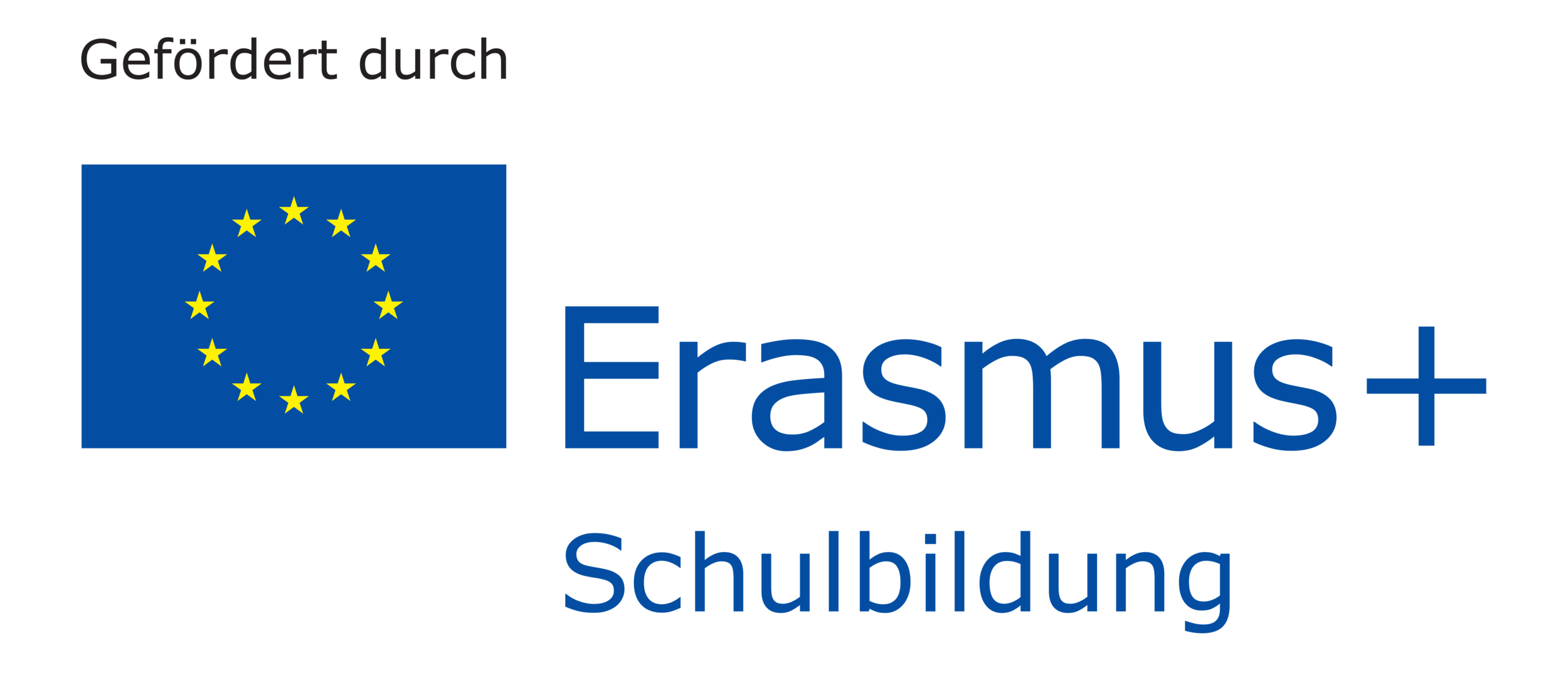Making Use of Sensory Aids
In addition to verbal communication, there are a variety of other sensory tools that can be used to help a child understand what is happening.
Visual Aids
Visual aides can structure the environment, as well as daily routines and allow children to associate pictures with their meaning in the foreign language.
“Schedules
A daily/ weekly schedule uses visual representation to help children generate an idea of time and allows them to anticipate events.
Having the schedule visible at all times throughout the day allows the child to check independently what will happen next, how long until lunch, pick up, etc.
Visual schedule should be large pictures and small words so as not to confuse or bombard the child with more of that which he or she does not understand.
Labels
It’s been proven helpful to label all boxes and drawers with a picture of what is inside. This supports participation during tidying up as well as enabling the child to look for preferred toys.
Pairing pictures of toys around the room in their “proper” place can help all children to better understand what is expected of them when it comes to clean-up time.
Gestures and facial expression
Using universal gestures such as “come” and intensely shaking head for yes/no gives a clear response to a child who does not yet understands the words.
This can also include simple sign language accompanied by the word and a follow up action to define the sign (I.e. signing the word “more” while saying the word and then giving more). ”

